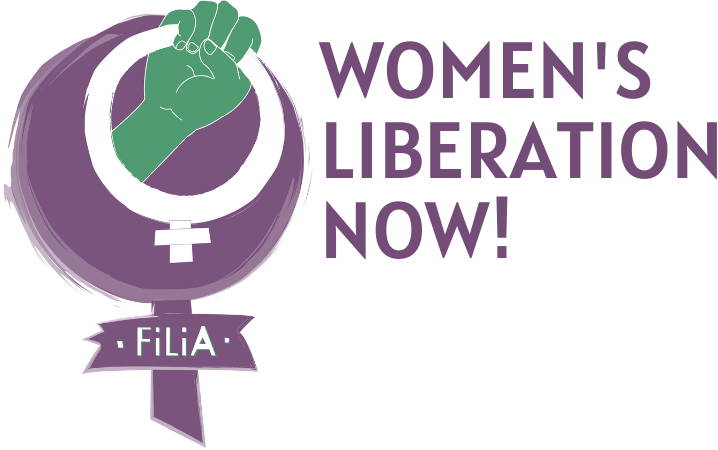THE HOUSING (UN)AFFORDABILITY CRISIS
Women and the housing (un)affordability crisis
It’s no secret that we’re facing a huge housing crisis in the UK at the moment. Several organisations are campaigning hard for a change in lending rules, for the government to invest in more social and affordable housing, and for the private-rented market to be more closely regulated. What is often missing from these conversations is the gendered aspect of our housing crisis. At the Women’s Budget Group, we decided to change that.
Housing is a feminist issue. This is because women face structural inequalities that result in economic disadvantage and endemic levels of domestic violence and abuse (DVA). Gender norms are translated into labour segregation and a looser attachment to the labour market because women are disproportionately responsible for (unpaid) care work. Women earn less per hour and overall, since they are more likely to be in part-time and lower paid jobs.
Domestic abuse and other forms of violence against women and girls typically occur in the home. According to the Femicide Census, 75% of women killed by men are killed at home, and 83% of women killed by a partner or former partner are killed in their own homes. The widespread levels of violence against women, and intimate partner violence in particular, means that housing interlinks with women’s safety in ways that doesn’t for men.
Housing is currently unaffordable to most people. But the average numbers obfuscate the differences in affordability for women and men. If women earn less than men, they will have a harder time affording a home of their own. In England, men need on average eight times their annual salary to buy a home – and women need 12. Housing affordability varies across regions, depending on the difference between house prices and wages. But the gender housing affordability gap also varies depending on how much the regional difference between women’s and men’s earnings is. So even though London is the least affordable region for all, the South East is where the gender housing affordability gap is widest: women need almost 16 times their annual salary to buy a home, whereas men need only 10.
There is also a gender gap in affordability when it comes to private rents. A home is considered affordable when it absorbs less than a third of a family’s income. At the Women’s Budget Group, we found that no region is affordable for women on median earnings, whereas men can afford everywhere except London.
Housing unaffordability is even greater for BME women, who are more likely to live in poverty, less likely to be in employment and because they earn less than White British women. Disabled women also face serious problems affording a home that is suitable for them, due to the lack of houses that are adapted and disabled women’s lower incomes.
Even though many people rent or buy with their partner, being unable to afford a home of their own means many women will find it harder to leave unwanted or abusive relationships, facing homelessness in the process.
The visible face of homelessness - rough sleeping - is overwhelmingly male. Men make up the vast majority (84%) of rough sleepers. But rough sleeping is just the tip of the iceberg: for every rough sleeper there are 12 households who are homeless, including people living in temporary accommodation, sofa-surfing or living temporarily with family or friends. Women make up over two-thirds (67%) of all homeless adults.
Single mothers are one of the most disadvantaged groups when it comes to securing a home fit for their needs, and this is translated into homelessness: single mothers represent two-thirds (66%) of homeless families with children. Many are living in unsuitable temporary accommodation with their children, like hostels and B&Bs, for longer periods than statutorily permitted because there simply isn’t any social housing for them to move into.
Homelessness provision is very often blind and inadequate to women’s needs. Only less than a third of local areas in England and Wales (57 out of 173) provide women-only accommodation that is not a DVA refuge. And the women-only aspect of these services matters when we consider the high proportion of homeless women who have experienced domestic abuse (for a third of rough-sleeping women, domestic abuse contributed to their homelessness). Evidence points to the recovering progress of many women who suffered traumatic violence unravelling after being put in temporary mixed-sex accommodation. This makes women vulnerable to sexual exploitation, such as sex for rent, or rough sleeping as alternatives to accessing these services.
In sum: women have a harder time affording a home of their own and so are more likely to be made homeless. Services are often inadequate and can create barriers to women recovering and progressing with their lives.
The government has a huge part to play in fixing this broken housing system. It should invest in social housing and build truly affordable housing for everyone and regulate the private-rented market more closely. In the meantime, the local housing allowance rates that determine housing benefit that claimants receive in each area need to reflect actual rents, to avoid people facing rent shortfalls. Housing associations and local authorities should make sure that they provide accommodation, both emergency and permanent, that is women-only and that caters for women’s needs in terms of safety, family composition and purchasing power.
You can find out more in our report ‘A home of her own – Housing and women’.
Contact details:
Sara Reis
Research and policy officer
UK Women’s Budget Group
